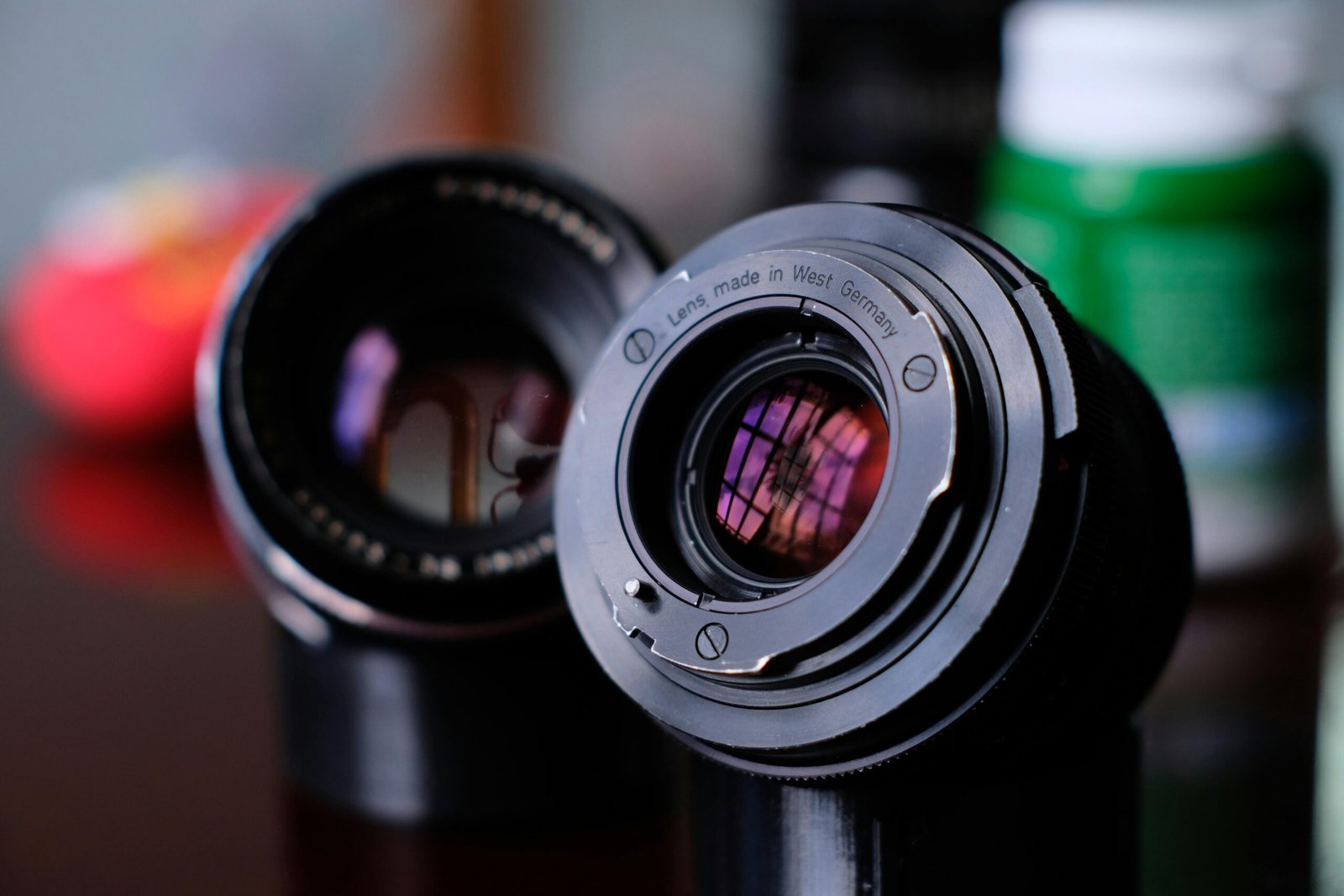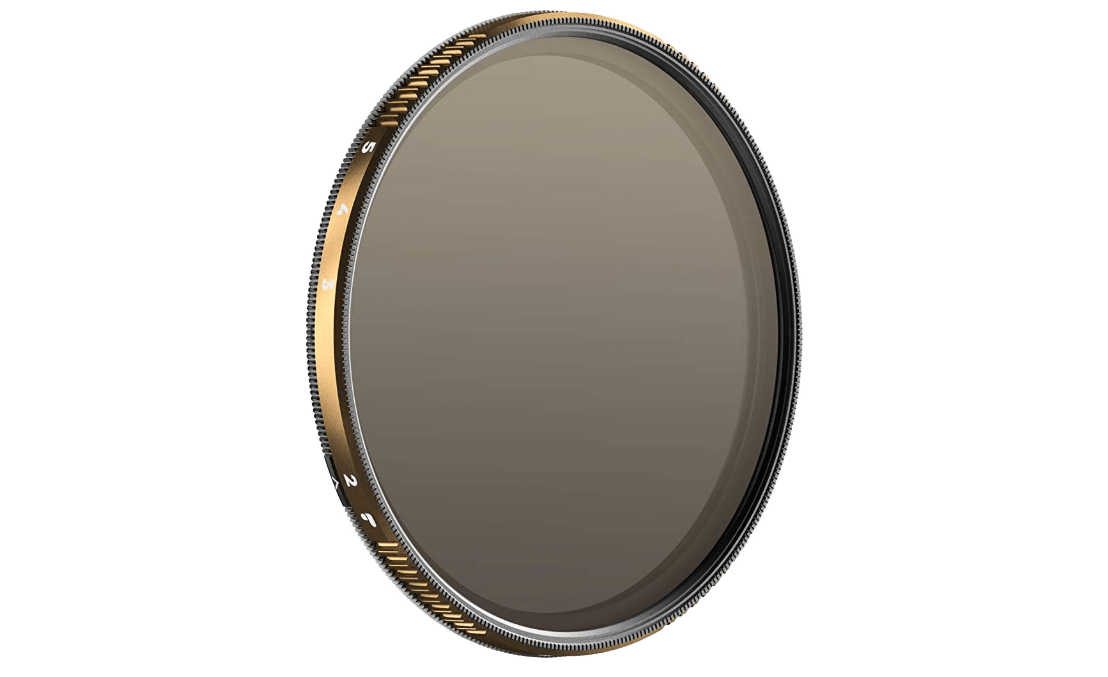If you’re a Sony camera user, you’ve likely come across E-mount lenses, but you may wonder about the differences between full-frame and APS-C E-mount lenses. While they share compatibility, they serve different purposes depending on your camera and shooting style. Let’s break it all down!
Differences & Similarities Between Full-Frame and APS-C
The Common Ground: E-Mount Compatibility
Sony designed the E-mount system to work across both APS-C and full-frame cameras. This means:
✅ All E-mount lenses fit on all E-mount cameras.
✅ You don’t need adapters to use APS-C lenses on full-frame bodies or vice versa.
However, while the mount itself remains the same, how the lens interacts with the camera sensor size is what creates key differences.
Table of Contents
Full-Frame E-Mount Lenses
A full-frame lens is designed to cover the entire 35mm full-frame sensor. When used on a full-frame camera, the lens delivers the widest field of view possible.
Key Benefits:
✔ Better image quality, thanks to full-frame sensors capturing more light.
✔ Wider field of view, great for landscapes and portraits.
✔ Shallower depth of field, allowing for better bokeh (background blur).
💡 Can You Use Full-Frame Lenses on APS-C Cameras?
Yes! However, since APS-C sensors are smaller, they apply a crop factor (~1.5x). For example, a 50mm full-frame lens used on an APS-C camera behaves like a 75mm equivalent, meaning it zooms in more than intended.
APS-C E-Mount Lenses
APS-C lenses are specifically designed for APS-C cameras, meaning they produce an image suited for the smaller sensor size.
Key Benefits:
✔ Smaller & lighter, making them great for travel and vlogging.
✔ More affordable, as APS-C lenses tend to be budget-friendly.
✔ Optimized for APS-C sensors, meaning no unnecessary cropping when used on APS-C bodies.
💡 Can You Use APS-C Lenses on Full-Frame Cameras?
Yes, but most full-frame cameras automatically crop the image to match the APS-C frame size, reducing the resolution. Some full-frame models let you override this, but you may get vignetting (dark edges) where the lens doesn’t cover the sensor completely.
Which Should You Choose?
Pick a full-frame lens if:
✅ You use a full-frame camera and want maximum quality.
✅ You need wider angles & depth of field for professional photography.
✅ You’re looking for better low-light performance.
Pick an APS-C lens if:
✅ You have an APS-C camera and want optimized performance.
✅ You prefer lightweight and cost-effective gear.
✅ You’re focusing on travel, casual photography, or vlogging.
Full-frame and APS-C E-mount lenses are interchangeable in terms of mount, but they behave differently based on the sensor size. If you’re planning to upgrade from APS-C to full-frame in the future, investing in full-frame lenses now could be a smart choice. But if you prefer a compact, budget-friendly setup, APS-C lenses offer fantastic value.



